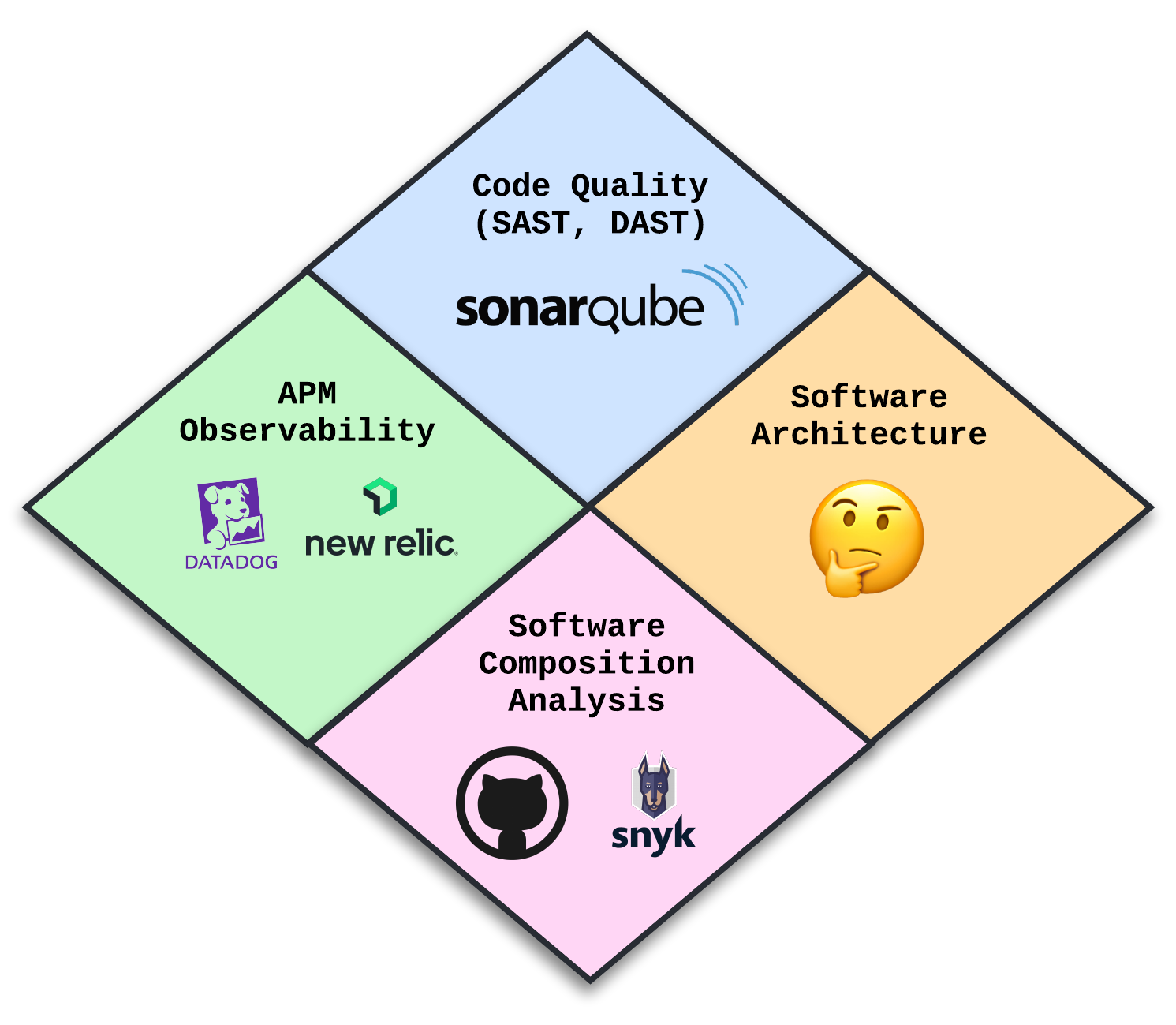How foundation agents can revolutionize AI decision-making in the real world

Some of the key characteristics of foundation models can help create foundation
agents for the real world. First, LLMs can be pre-trained on large unlabeled
datasets from the internet to gain a vast amount of knowledge. Second, the
models can use this knowledge to quickly align with human preferences and
specific tasks. ... Developing foundation agents presents several challenges
compared to language and vision models. The information in the physical world is
composed of low-level details instead of high-level abstractions. This makes it
more difficult to create unified representations for the variables involved in
the decision-making process. There is also a large domain gap between different
decision-making scenarios, which makes it difficult to develop a unified policy
interface for foundation agents. ... However, it can make the model increasingly
complex and uninterpretable. While language and vision models focus on
understanding and generating content, foundation agents must be involved in the
dynamic process of choosing optimal actions based on complex environmental
information.
Soon, LLMs Can Help Humans Communicate with Animals

Understanding non-human communication can be significantly aided by the insights
provided by models like OpenAI’s GPT-3 and Google’s LaMDA, which are examples of
such generative AI tools. ESP has recently developed the Benchmark for Animal
Sounds, or BEANS for short, the first-ever benchmark for animal vocalisations.
It established a standard against which to measure the performance of machine
learning algorithms on bioacoustics data. On the basis of self-supervision, it
has also created the Animal
Vocalisation Encoder, or AVES. This is the first foundational model for animal
vocalisations and can be applied to many other applications, including signal
detection and categorisation. The nonprofit is just one of many groups that have
recently emerged to translate animal languages. Some organisations, like Project
Cetacean Translation Initiative (CETI), are dedicated to attempting to
comprehend a specific species — in this case, sperm whales. CETI’s research
focuses on deciphering the complex vocalisations of these marine mammals.
DeepSqueak is another machine learning technique developed by University of
Washington researchers Kevin Coffey and Russell Marx, capable of decoding rodent
chatter.
AI supply is way ahead of AI demand

We’ve been in a weird wait-and-see moment for AI in the enterprise, but I
believe we’re nearing the end of that period. Surely the boom-and-bust economics
that Cahn highlights will help make AI more cost-effective, but ironically, the
bigger driver may be lowered expectations. Once enterprises can get past the
wishful thinking that AI will magically transform the way they do everything at
some indeterminate future date, and instead find practical ways to put it to
work right now, they’ll start to invest. No, they’re not going to write $200
billion checks, but it should pad the spending they’re already doing with their
preferred, trusted vendors. The winners will be established vendors that already
have solid relationships with customers, not point solution aspirants. Like
others, The Information’s Anita Ramaswamy suggests that “companies [may be]
holding off on big software commitments given the possibility that AI will make
that software less necessary in the next couple of years.” This seems unlikely.
More probable, as Jamin Ball posits, we’re in a murky economic period and AI has
yet to turn into a tailwind.
How AI-powered attacks are accelerating the shift to zero trust strategies
Afterall, a lack of in-house expertise and adequate budget are both largely
within an organization’s control through funding for resources, tools, and
training. So, if a gap exists at the top, help your senior leadership and board
make the critical linkage between zero trust and strong corporate governance. An
ever-intensifying threat landscape means senior leadership teams and boards have
a duty of care to make the right investments and provide the strategic guidance
and oversight to help keep the organization and its stakeholders safe. As
further motivation to make this strategic link to zero trust, federal agencies
are continuing efforts to hasten breach disclosures and hold executives liable
for security and data privacy incidents. Beyond that, it is about sourcing and
retaining top tech talent which speaks to the need to build and maintain an
inclusive company culture with continuous training and development opportunities
for technical teams. Ensuring security teams are inclusive of neurodiverse
talent, for example, is important for encouraging the diverse ways of thinking
needed to spot and curtail novel AI-powered attack strategies.
Cryptographers Discover a New Foundation for Quantum Secrecy

Working together, the four researchers quickly proved that Kretschmer’s state
discrimination problem could still be intractable even for computers that could
call on this NP oracle. That means that practically all of quantum cryptography
could remain secure even if every problem underpinning classical cryptography
turned out to be easy. Classical cryptography and quantum cryptography
increasingly seemed like two entirely separate worlds. The result caught Ma’s
attention, and he began to wonder just how far he could push the line of work
that Kretschmer had initiated. Could quantum cryptography remain secure even
with more outlandish oracles — ones that could instantly solve computational
problems far harder than those in NP? “Problems in NP are not the hardest
classical problems one can think about,” said Dakshita Khurana, a cryptographer
at the University of Illinois, Urbana-Champaign. “There’s hardness beyond that.”
Ma began brainstorming how best to approach that question, together with Alex
Lombardi, a cryptographer at Princeton University, and John Wright, a quantum
computing researcher at the University of California, Berkeley.
Data centers challenges in the German market
The potential for the German data center industry to meet growing demands is
substantial, but there are hurdles that should not be underestimated. For
instance, the tightening of legal regulations and technological barriers poses a
risk that expansion efforts may shift focus to other European countries. In
particular, the proposed Energy Efficiency Act presents a significant challenge.
It mandates that data center operators supply their surplus heat to external
customers, particularly local authorities and district heating providers.
Ultimately, all operators will have to achieve the same decarbonization targets,
and successful waste heat utilization requires seamless collaboration among all
parties involved. Although the first district heating projects are already being
implemented in urban areas, there is limited interest in connecting older
high-calorific district heating networks to data centers with low-calorific
surplus heat. ... Additional challenges in developing new projects include the
scarcity of suitable land and renewable energy sources, as well as a lack of
grid capacity in top-tier regions. As a result, future capacities can only be
planned medium to long term.
How to Attract the Right Talent for Your Engineering Team

As humans, we generally stick with (and hire) what we already know, but our
unconscious biases can hinder creativity and hurt the company’s bottom line if
left unchecked. The best way to prevent this is by including different types of
people — from various departments and experience levels — in the interview
process. Anyone we hire must have the ability to operate in a cross-functional
manner, therefore it makes sense that the people they’ll be interacting with are
included in the process. ... When assessing potential candidates, look for
people who understand that they don’t always need to figure everything out
themselves versus those who sell themselves as the best at their craft. This
signals an aptitude for continued learning and problem-solving, as well as a
willingness to collaborate in a team setting. Other good signs to look for
include folks who talk about outcomes instead of just outputs, and acknowledge
the importance of cross-functional collaboration in achieving outcome-driven
success. ... Mentorship is a key ingredient for nurturing top talent, and it has
the added benefit of increasing employee retention.
How data champions can boost regulatory compliance
At the heart of successful compliance are people. Utilising the organisational
design of a company and working intimately with employees, by making them ‘Data
champions’ organisations can empower staff to take responsibility for adherence.
Too often companies place the responsibility on one person or department to
ensure compliance. However, data champions working in specific departments
throughout an organisation can have a much better overview of where the risk
lies and what needs to be implemented to close vulnerabilities. Making
compliance a part of everyday life or as it’s sometimes known ‘data protection
by design and default’, means that it becomes a much more manageable task,
rather than a daunting one. Alongside this, implementing a solution that can
help manage the policies brought in to deal with data protection risks (and also
keep a record of who owns the policies as well as, crucially, who has read and
understood the policies) means that suddenly companies have a more accurate and
comprehensive overview of how the company sits in terms of its adherence to
regulation.
Beyond Chatbots: Meet Your New Digital Human Friends

Digital humans are important players in virtual and augmented reality
environments, says Matt Aslett, a director with technology research and advisory
firm ISG via email. "They are also used in gaming and animation and are being
deployed as interactive customer service assistants, providing real-time
conversational interfaces to access help and information in multiple industries,
including retail and healthcare." ... Tomik believes there are times when people
may feel more comfortable talking to a digital human than a real person, such as
when seeking advice on discomforting issues, including addiction, anger
management, relationship difficulties, and other deeply personal topics. "It
allows people to feel comfortable asking for help without judgment," he notes.
... Digital human technology is evolving rapidly, but it's still far from being
a complete replacement for human-to-human interaction. "Like AI chatbot
interfaces, a digital human interface may struggle to detect nuanced
communication traits, such as sarcasm, emotion, and deception, and may be
unsuitable for dealing with complex and critical user requests," Aslett says.
Navigating Data Readiness for Generative AI

Technical challenges posed by data readiness for generative AI are -
Insufficient data preparation: Anonymizing data is especially important for
health and finance applications, but it also reduces an organization’s liability
and helps it meet compliance requirements. Labeling the data is a form of
annotation that identifies its context, sentiment, and other features for NLP
and other uses. ... Finding the right size LLMs: Smaller models help companies
reduce their resource consumption while making the models more efficient, more
accurate, and easier to deploy. Organizations may start with large models for
proof of concept and then gradually reduce their size while testing to ensure
the model’s results remain accurate. ... Retrieval-augmented generation: This AI
framework supplements the LLM’s internal representation of information with
external sources of knowledge. ...Overcoming data silos: Data silos prevent data
the model needs from being discovered, introduces incomplete data sets, and
results in inaccurate reports while also driving up data-management costs.
Preventing data silos entails identifying disconnected data, creating a data
governance framework, promoting collaboration across teams, and establishing
data ownership.
Quote for the day:
"Sometimes it takes a good fall to
really know where you stand." -- Hayley Williams




/filters:no_upscale()/articles/trade-offs-minimizing-unhappiness/en/resources/22fig1-1717160045706.jpg)




















